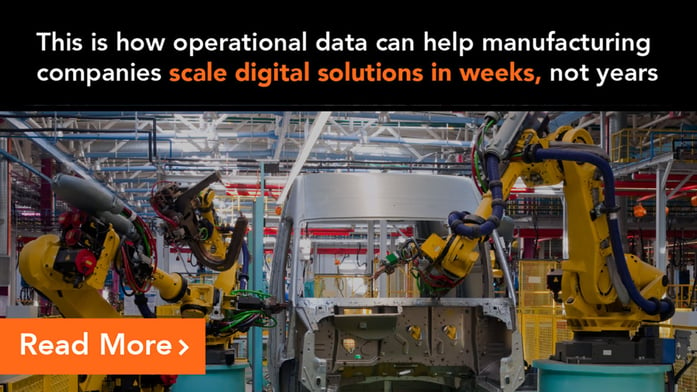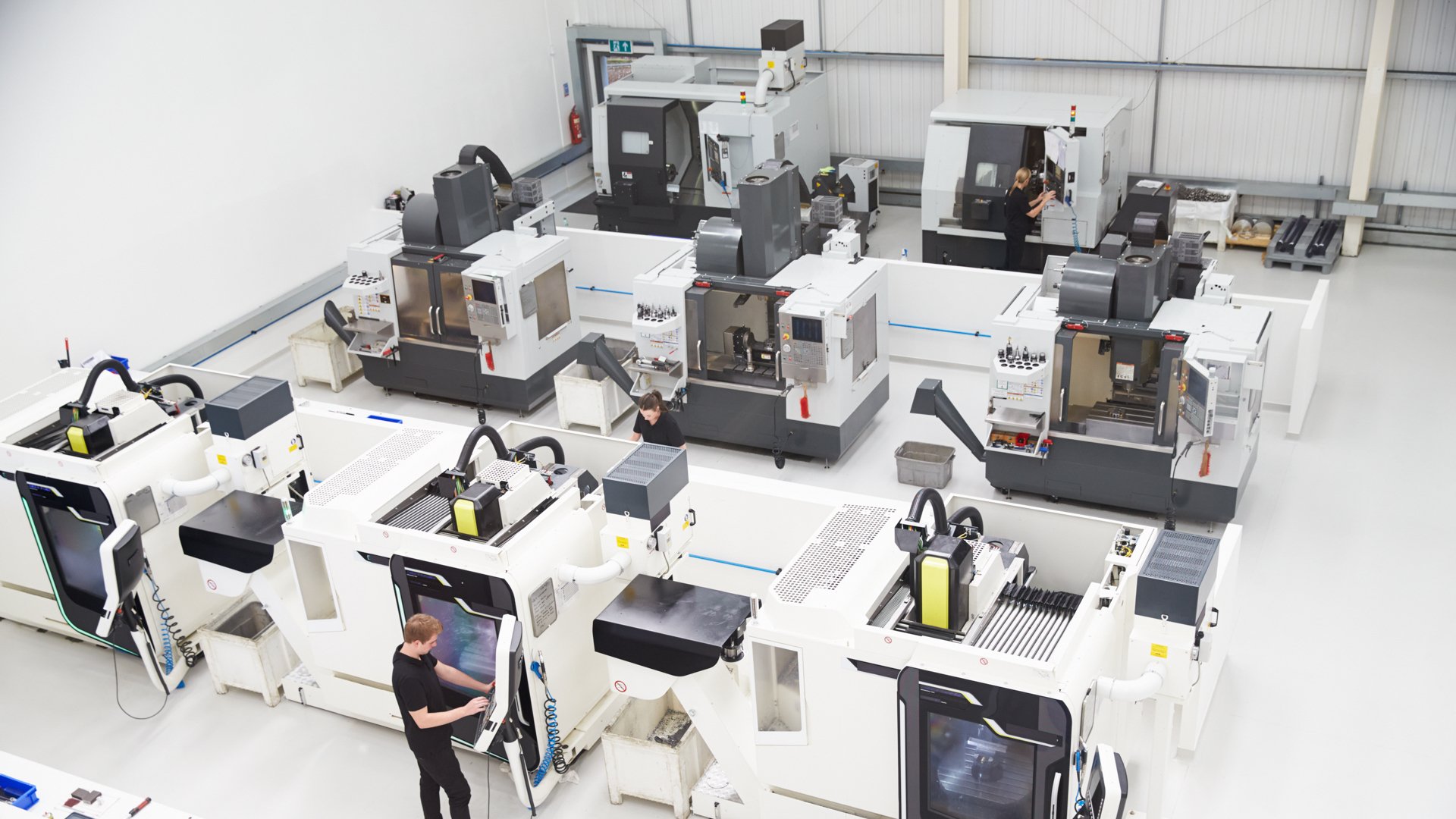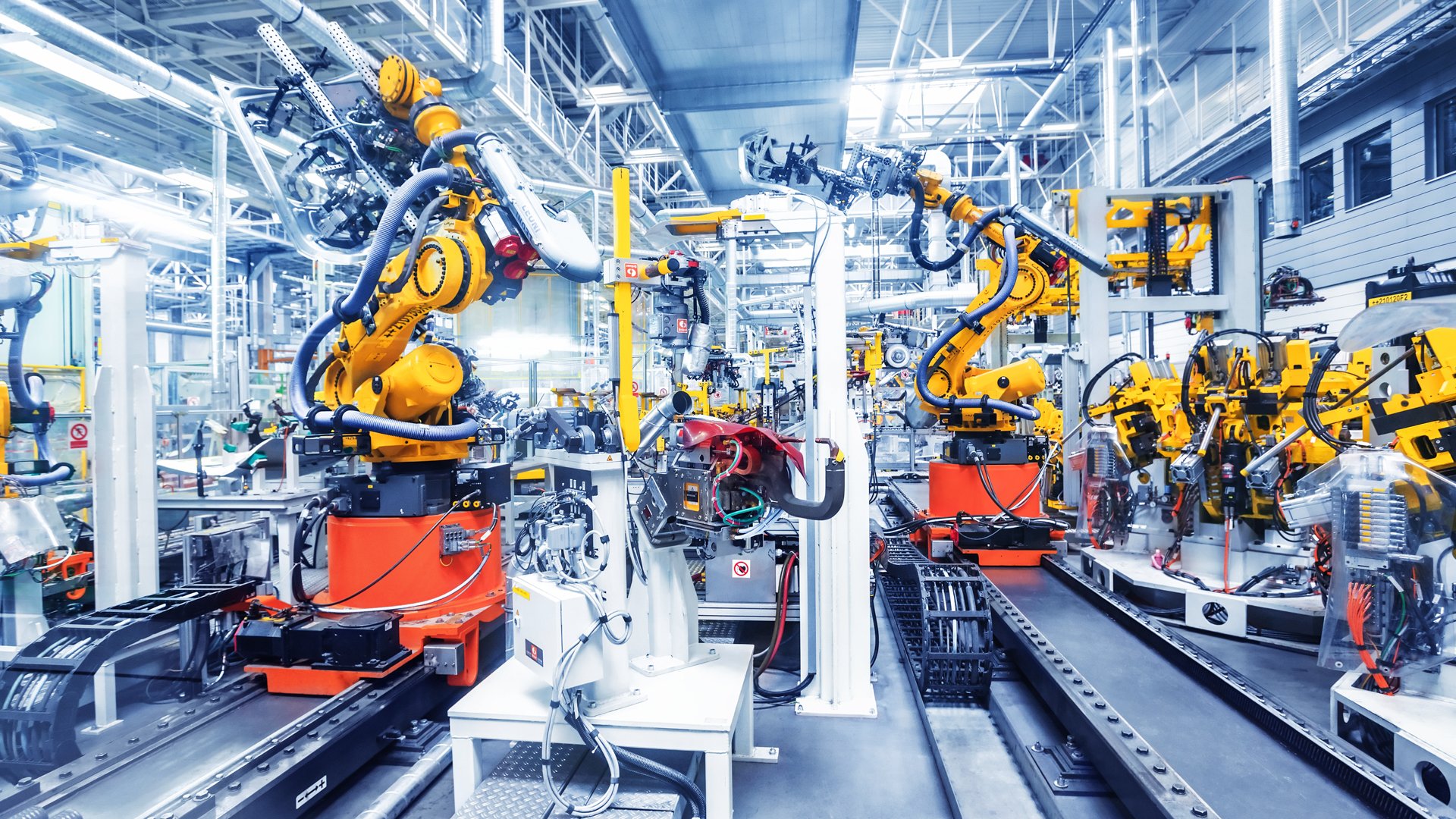
When COVID-19 hit, manufacturing companies all around the UK were forced to digitalise and reinvent much of their operations in weeks, rather than years. This was the only way to continue to meet the rapidly changing and rather unstable demands during the pandemic period, all the while ensuring the health and safety of their employees, as well as the quality of their products. New digital tools, customer expectations, and shifting workforce dynamics were already pushing manufacturers in this direction, but COVID-19 made it happen faster than ever anticipated.
During this time, many manufacturing companies turned to remote management of their operations, a contrast to the long established and traditional practices that have been a part of the UK's proud history of manufacturing.
Looking at the industry’s immediate response to the crisis, it’s clear that digital tools and solutions were critical to its ability to continue to meet the needs of consumers. And it’s clear that the manufacturing companies that had implemented digital solutions prior to the pandemic were stronger and better-positioned to weather the storm.
As the the UK is slowly moves towards recovery, it is important that manufacturing companies continue to arm themselves for any future crisis, while at the same time ensuring their triumphant ‘bounce back’ from the Covid setback. This dual focus demands both resilience and agility on the part of the industry. And the desired frontrunner position remains within reach so long as the industrial armor is forged out of data and software.
Be a part of the solution
“A planet-sized challenge needs a planet-sized approach. Manufacturing companies have a bigger responsibility here and also a great opportunity to be a part of the solution,” said Patrik Sjostedt, EMEA Regional Business Leader, Manufacturing, Enterprise Commercial, Microsoft, during the industrial digitalisation conference, Ignite Talks, recently held in Oslo.
To be able to understand where you can improve, manufacturers can begin by using software that integrates data from their source systems and contextualises it into a unified data model that is accessible to all users.
With a holistic overview of all data, manufacturers are able to easily detect the pain points in operations and make data do more, enabling workers to simplify and optimise operations and make data-driven decisions to improve performance, cut costs and minimise environmental impact, waste, and emissions.
Time to embrace Industrial DataOps
The most important vehicle to turn industrial data into tangible value is Industrial DataOps. Industrial DataOps is all about breaking down silos and optimising the broad availability and usability of industrial data. The more organisations that embrace industrial DataOps, the better equipped they will be to truly harness the transformative potential of data, getting us one step closer to our shared end goal of sustainable, safe industrial operations.

“Industrial DataOps is a crucial and necessary tool to make digital transformation possible in asset-intensive industries,” explains John Markus Lervik, CEO and Co-founder of Cognite. “It illustrates how to connect data from the IT and OT source to the data consumer with contextual tips that will empower organisations of all sizes to use it, innovate off of it, and reshape operations for efficiency, profitability, and sustainability. It is the strongest driver of change that will propel the industry forward.”
Intervene before things go wrong
For manufacturers, one of the biggest areas for lost revenue and productivity is associated with unplanned downtime. Even with knowledge that unplanned downtime is costly, most manufacturers are still using calendar-based maintenance.

Calendar-based maintenance of equipment leads to inefficiencies, as most services are performed manually and data is trapped in silos. This means that the condition of the equipment can’t be accounted for in real-time, and this occasionally results in unexpected and costly reactive maintenance and, more importantly, downtime.
With all data collected in one place, manufacturers can create predictive analytics of the equipment which allows them to utilise predictive maintenance. From there they can develop applications to make the management of critical equipment more efficient, and in turn, reduce emissions and waste.
One such solution is an alarm overview that reduces unnecessary inspection of equipment. For example, if a pump’s vibration exceeds a predetermined threshold, the application can alert users when maintenance is actually needed.
This will reduce the number of breakdowns and extend the lifetime of the machines. That generates value in reducing down time, maximising the throughput of operations, which in turn reduces operational costs and improves product quality.
Digital enables agility: agility ensures survivability
“Data silos lead to decision-making in silos; this presents challenges across the entire company, which deters long-term goals from being accomplished. Industrial DataOps removes friction in the company, breaks silos and creates seamlessness throughout the whole value chain. This in turn makes companies realise operational value at scale, leading to increased data quality and more efficient and agile operations,” said Slimane Allab, Cognite SVP Sales — Manufacturing.
With a reduction in the number of breakdowns and less overall downtime, manufacturers can extend the lifetime of machines and reduce service costs by 20-30 per cent.
Digital enables agility, and agility will ensure the survival of manufacturing operations in a brave, new, hyper-competitive manufacturing future. The pace of business and the volatility of the world’s supply chains will continue to present challenges to manufacturers, forcing them to either adapt or die. The good news is that the tools and the technology required to ensure that manufacturers can pivot in a digital direction and thrive amidst these new dynamics already exist. Now is the time to understand them, deploy them and scale them, and just maybe that frontrunner spot will be yours.